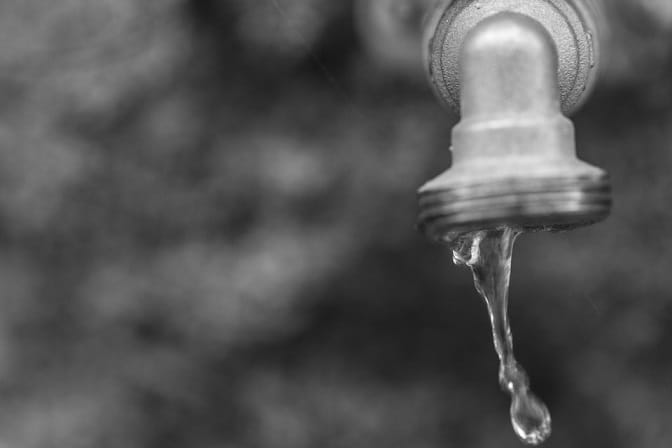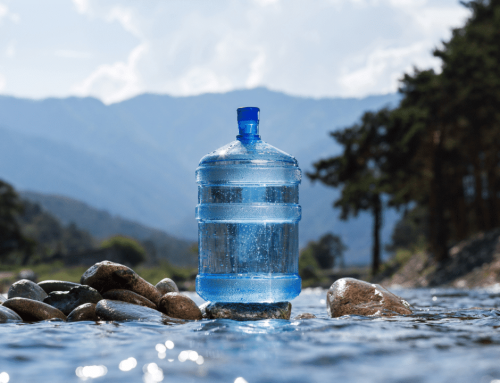Providing clean drinking water for all must include local communities; by this we mean that local communities should be consulted as to their needs, the best method of supplying them with clean drinking water, as well as their labour and even financial help, in whatever small way possible.
As with many other problems, it seems that those who would do good for a community too often just swoop in and do what they think the community needs with scan regard for what the community has to say about it. This often side-lines the community in various ways and when a community does not feel part of something they basically ignore it. Yes, they will be thankful for the water, and will use it, but as they have not been included in the planning or construction phases, they will generally take no responsibility for anything.
When a community is side-lined, they don’t feel that they need to take care of the resource, and as they have not been involved they also don’t really know much about the management thereof, which leads to decay and in no time at all they will be back to square one.
The benefits of including a community can easily be seen in Kanhasaiya gram panchayat of Bhopal district where the 400 displaced labourer families residing in slums near drains of the city in 2012/13, deprived of work due to the drinking water crisis and no hope of a decent life.
The Public Health Engineering Department eventually gave in to the demands of the displaced families to redress the drinking water problem and held discussions with them as to the path forward. These ended in the villagers agreeing to give their approval of the new Nal-Jal Yojana and accepting 3 % of the cost of the scheme.
The department took prompt action on the digging of tube wells, rising main and sample construction, and making domestic tap water connections in all houses. Drinking water is now being supplied to 401 houses of labourers in the village via domestic tap water connections. A drinking water committee was formed in the village, and ensure that all villagers are taking responsibility for payments and good water management.






